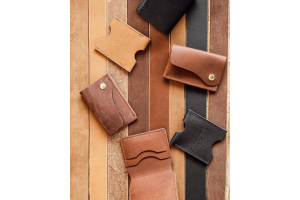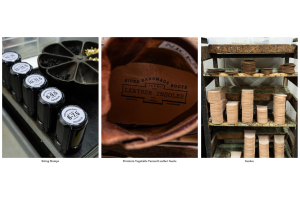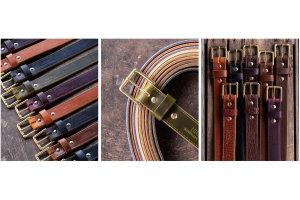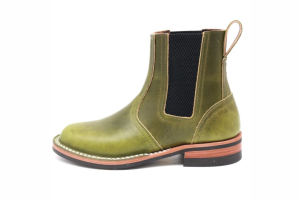What Are Insoles?
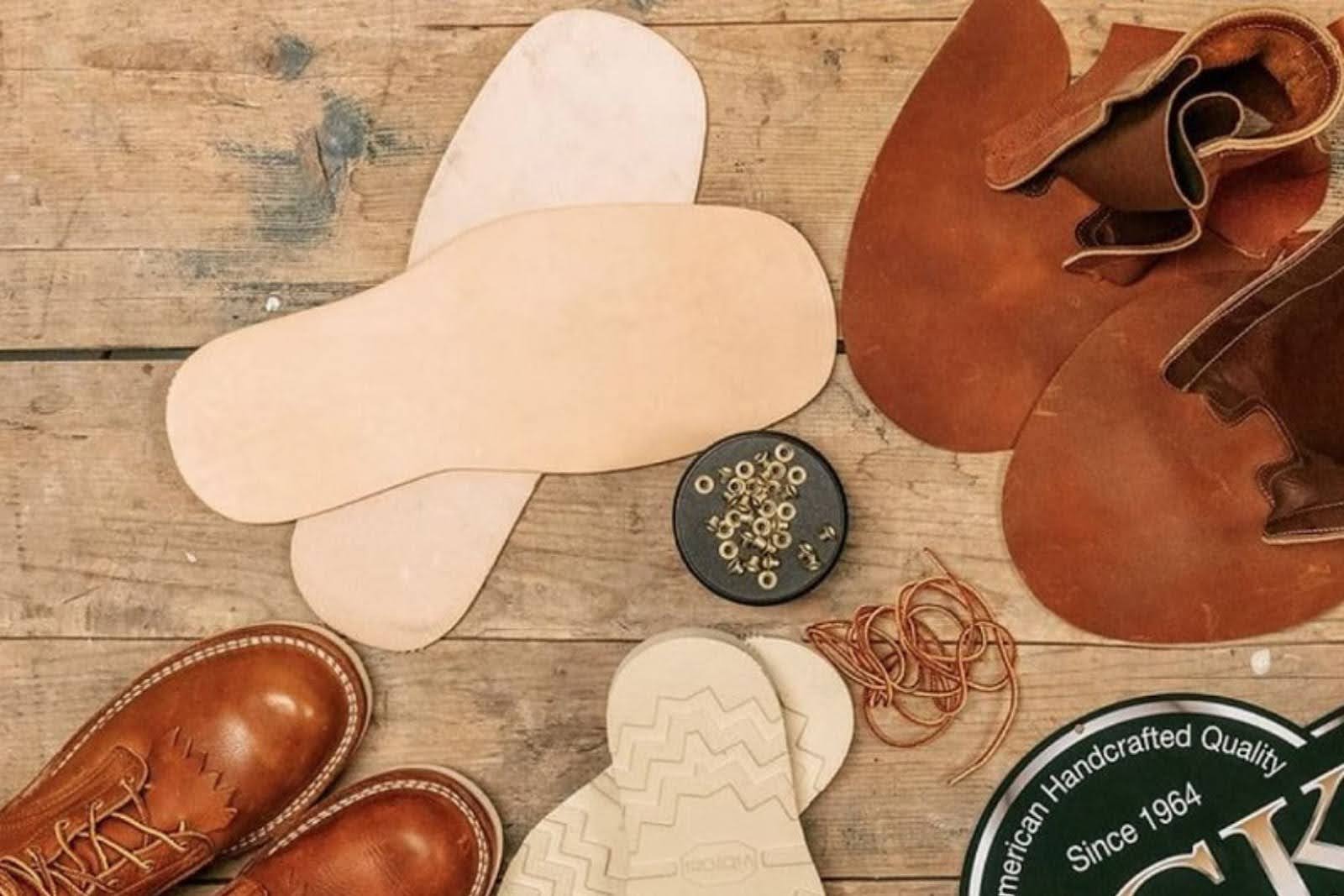
Definition: Insoles, also known as shoe inserts, are removable or built-in inserts placed inside shoes to provide extra support, cushioning, and foot comfort.
Function and Benefits: Insoles help reduce foot pain, provide shock absorption, support the natural arch of the foot, improve overall posture and body alignment, and extend the life of shoes by reducing wear. They are especially beneficial for people who spend long hours standing or walking, alleviating pressure on the feet and preventing injuries such as plantar fasciitis. Insoles can be made from various materials and designed to match specific foot shapes, arch types, and activity levels for targeted support.
Common Uses:
- Cushioning feet to reduce pain from prolonged standing or walking
- Supporting the foot’s arch to prevent over-flexing and injury
- Enhancing comfort during physical activities by absorbing impact
- Improving posture and alignment, which benefits the whole body[3][5]
Fun Fact: The average American takes around 3,000 to 4,000 steps daily, with some taking up to 10,000. Proper insoles can make each step more comfortable and less damaging over time.
Key Takeaways:
- Insoles are essential for boot comfort and foot health, providing arch support, shock absorption, and a tailored fit that reduces fatigue and injury.
- Different materials like leather, cork, and foam offer unique benefits, from long-lasting durability to moisture control and immediate cushioning.
- Replacing worn-out insoles and practicing proper insole care can significantly extend the life of your boots and improve daily foot support.
Step into any quality pair of boots and you'll notice a critical, often unsung, component: the insole. But what are insoles? Simply put, insoles—sometimes called footbeds—are the layers inside your boots that sit right under your feet. They act as the primary interface between your body and the ground, providing crucial support, cushioning, and stability.
Insoles come in a surprising variety of materials, shapes, and thicknesses. Some are removable and replaceable, while others are built right into the boot's structure. The purpose is to keep your feet comfortable, supported, and healthy, no matter how many miles you put on your boots.
A well-designed footbed does more than add a foam layer between you and the leather. It’s about targeted support—cradling your arches, absorbing shock, and aligning your stride. The best insoles help prevent fatigue after long days on your feet, minimizing the aches caused by repetitive impact and uneven surfaces.


How Insoles Work: Structure, Layers, And Key Materials
Insoles may seem simple at first glance, but these components quietly carry out an essential job inside any high-quality boot. Their effectiveness is rooted in how they’re structured, the precise combination of layers, and the materials chosen for fabrication. Here’s a closer look at what goes into making an effective insole.
Anatomy Of An Insole
Every insole starts with its basic shape, crafted to fit snugly inside a boot's footbed. The form isn't random—it’s engineered for balance, alignment, and all-day support. The curves, the arch, the heel cup—all of these features provide structure, working together to make long hours on your feet feel less taxing.
Layers Of Support
Insoles typically aren’t made from a single slab of material. Instead, each insole is built from several layers, stacked for maximum performance. The uppermost layer often focuses on moisture management and comfort, as a soft initial barrier between sock and boot.
Beneath that, supportive layers reinforce the arch and cushion the ball and heel areas that take a beating during strenuous activity. Finally, base or stabilizing materials anchor everything, ensuring the insole retains its shape even after months (or years) of daily use.
Key Materials Used In Insoles
Material choice plays a huge role in how an insole feels and lasts. Standard options include memory foam for conforming comfort, leather for hard-wearing durability and breathability, and gel or EVA for shock absorption. Each material brings unique properties: leather molds uniquely to each foot, foam cushions absorb impact, and gels dispel force and keep things cool under pressure. Sometimes, manufacturers combine these options to create hybrid insoles that blend comfort, support, and resilience.
Why Insoles Matter For Boot Fit And Comfort
When it comes to boots, comfort and fit are everything. Whether you're pulling on your boots for a long day on the job or an afternoon spent outdoors, insoles play a pivotal role in shaping both your experience and your satisfaction. Let’s break down why the humble insole deserves your attention.
Supporting Your Every Step
Insoles are designed to provide crucial support to your arches, heels, and the entire sole. Without proper support, feet can quickly grow tired and sore, and even suffer from chronic pain. A good insole can also gently correct your posture, promoting better weight distribution every time you take a step. This additional support is essential if you spend long hours on your feet or navigate demanding terrain.
Enhancing Cushioning And Shock Absorption
Every stride you take in a sturdy pair of boots sends shock through your feet and up your legs. Over time, repetitive impact can add up. This is where insoles shine—acting as a cushion, they help absorb shock and reduce joint stress. Enhanced cushioning isn’t just a luxury; it can help stave off fatigue and reduce the risk of long-term foot problems.
Adapting Fit For Different Foot Shapes
No two feet are exactly alike. Insoles offer a customizable solution, filling extra space or providing support right where needed. If you find your boots a touch roomy or notice frequent slipping at the heel, the correct insole can make a difference. By ensuring a snug, personalized fit, insoles help prevent blisters and other discomforts that come with ill-fitting footwear.
Types Of Insoles: From Full Grain Leather To Synthetic
Not all insoles are created equal—materials matter, comfort differs, and the longevity of each type can shape your footwear experience. Let’s break down the most common insoles you’ll find today, each offering unique benefits.
Full Grain Leather Insoles
Full grain leather is regarded as the pinnacle of insole materials. Known for its durability and ability to mold to the shape of your foot over time, leather insoles deliver a personalized fit unlike any other. They naturally wick away moisture, keeping feet dry and comfortable even after a long day. Over months and years, these insoles develop a character of their own, enhancing boot comfort with a custom-like feel.
Cork Insoles
Cork insoles are favored for their exceptional shock absorption and supportive properties. They naturally contour to your foot, creating a unique and comfortable fit with every wear. Cork is lightweight, breathable, and resists odor, making it a great option for those needing both support and freshness in their boots.
Synthetic Insoles
Synthetic insoles, often made from memory foam, polyurethane, or gel, are designed to maximize cushioning and reduce foot fatigue. They can be beneficial for wearers who spend long hours standing or walking. Synthetics often introduce antimicrobial properties and enhanced moisture management, but might not match the longevity or natural breathability of leather or cork options.
Wool And Felt Insoles
Wool and felt insoles offer outstanding warmth and softness for those seeking insulation and comfort in colder climates. Wool’s natural wicking ability keeps feet dry, while the added insulation helps retain heat during chilly conditions. Although not as form-fitting as leather or cork, they’re an excellent choice for work or pleasure when the temperatures drop.


Leather Insoles Vs Foam Insoles: What’s The Difference?
When choosing insoles for boots, the debate often concerns leather versus foam. Each material offers unique benefits and considerations, depending on what you’re looking for in terms of comfort, support, longevity, and feel. Let’s break down how these two types of insoles compare.
The Feel Underfoot
Leather insoles are prized for their natural feel and ability to mold to the shape of your foot over time. As leather breaks in, it develops a custom fit to make each step feel distinctively personal and snug. Foam insoles, by contrast, generally offer immediate softness and cushion. They tend to feel more "springy" right out of the box and can provide notable shock absorption on hard surfaces.
Durability And Longevity
One significant difference lies in how long each type lasts. Leather insoles are renowned for their durability. They can outlast foam options by a considerable margin with proper care, developing character and comfort as they age. Foam insoles, while often affordable and comfortable at first, may compress or break down more quickly with regular use, requiring replacement sooner.
Support And Structure
Support is another area where these materials differ. Leather insoles typically provide firm, consistent support, especially beneficial for those who spend long hours on their feet. They maintain their shape and support over time. Foam insoles, in comparison, are designed to offer cushioning and can contour to the foot’s shape, but this can sometimes come at the expense of long-term structural support.
Moisture Management
Both materials handle moisture differently. Leather, a natural material, can wick away some moisture and maintain a relatively calm environment for your feet, especially during extended wear. Foam insoles may absorb moisture more readily, and if not properly maintained, can sometimes harbor odor or bacteria.
Choosing the correct insole depends on your preferences, intended use, and the level of comfort and performance you seek in your footwear.
When Should You Replace Or Upgrade Your Insoles?
Getting the most out of your boots isn’t just about premium craftsmanship—it also comes down to the care and attention you give to what’s inside them. Insoles play a significant role in comfort and support, but like any well-used tool, they don’t last forever. Understanding when to replace or upgrade your insoles can help you enjoy better performance and avoid discomfort.
Signs Your Insoles Are Worn Out
Start with a close inspection. Are your insoles losing their shape or looking noticeably compressed? Over time, the material can deteriorate, leading to flat spots, cracking, or permanent impressions. If you notice a thinning cushion or visible holes, it’s a red flag that your insoles aren’t providing the support they once did.
Feeling More Fatigue Or Discomfort
If your feet ache more than usual after a full day of work or exploration, your insoles might be the culprit. Increased fatigue, new hot spots, or a lack of arch support often signal that your insoles are no longer absorbing shock and distributing pressure evenly.
Changes In Job Or Activity
Your needs can shift. Maybe your work has become more physically demanding, or you’ve recently taken up a new hobby that keeps you on your feet longer. In these cases, upgrading to specialized insoles, such as those designed for shock absorption or enhanced arch support, can substantially improve overall comfort and foot health.
After Prolonged Exposure To Moisture
Exposure to moisture from sweat or the environment can break down insole materials faster than expected. If you notice a persistent odor or if the insoles feel damp even after airing out, it’s time to think about a fresh pair.
Caring For Your Insoles
Like any other part of your footwear, insoles deserve regular attention to keep performing at their best. Whether lacing up your boots for a long day on the job or heading out on a weekend adventure, taking proper care of your insoles can make a noticeable difference in comfort and longevity.
Cleaning Your Insoles
It’s easy for insoles to accumulate sweat, dirt, and odors over time. Remove them regularly and gently clean them with mild soap and water. Allow them to air dry completely before placing them back into your boots—this helps to prevent moisture buildup that can lead to unwanted smells or even mildew.
Rotating And Replacing Insoles
Even the most durable insoles will experience wear and tear. Rotating between two insoles can help each set last longer, especially if you wear your boots daily. Inspect your insoles periodically for signs of compression or damage, and don’t hesitate to replace them when they begin to lose their support.
Proper Storage And Care
Store your insoles in a dry, ventilated place when not in use. If you need to freshen them up, sprinkle some baking soda on the surface and let it sit overnight. This not only helps to absorb lingering smells but also keeps your insoles feeling fresh for the subsequent use.
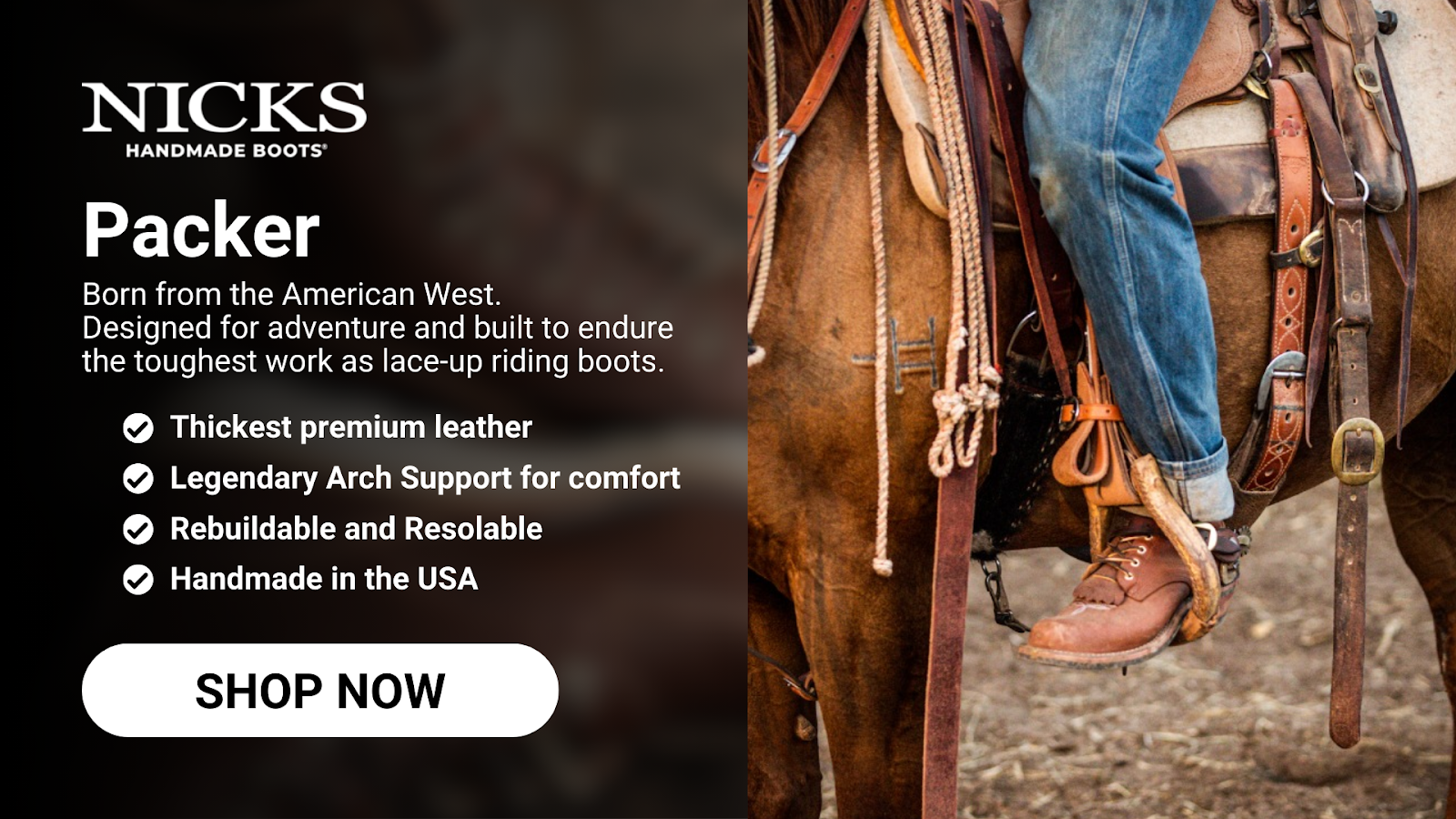

Read more:
Frequently Asked Questions About What Are Insoles?
Can insoles help with foot pain?
Yes. Insoles are designed to provide extra support and cushioning inside your shoes, which can relieve common forms of foot pain, including discomfort from prolonged standing, walking, or high-impact activities. For those who spend their days on job sites or in the field, a quality insole can make all the difference by absorbing shock and reducing pressure on key areas of the feet.
How do insoles help with flat feet?
People with flat feet often experience overpronation, where the foot rolls inward, leading to instability and discomfort. Insoles developed for flat feet are engineered to offer targeted arch support, helping to align the foot properly, redistributing weight, and minimizing fatigue.
How do I choose the right insole for my shoes?
The right insole depends on your individual needs, activity level, and shoe type. Consider factors like arch height, foot shape, and how you use your boots—whether for heavy-duty labor, general wear, or recreation. Look for insoles that match your arch (low, medium, or high) and ensure they're compatible with your boots’ fit and construction.
Can insoles be transferred between different shoes?
In many cases, yes—insoles can be moved from one pair of boots or shoes to another, provided the sizing and shape are compatible. This flexibility is a real bonus for those who alternate between their boots and other footwear. Ensure the insole fits securely in the new shoe, so you don’t compromise comfort or stability.
Are there insoles for high heels?
There are insoles specifically designed for high heels. These insoles target pressure areas commonly associated with heels, like the ball of the foot, and add cushioning without affecting fit or style. Keep in mind, however, that insoles for boots differ in shape and support from those tailored to high heels.
Do insoles come in different sizes?
Yes. Insoles are available in various sizes to fit multiple foot lengths and shapes, including specialty sizes for unique needs. When selecting an insole, it’s essential to choose one that matches both your foot size and the specific fit of your boots.
